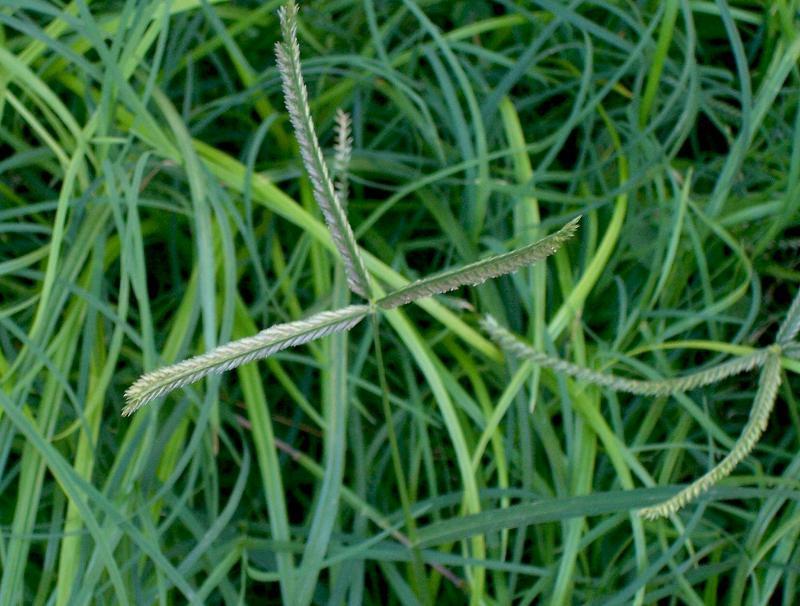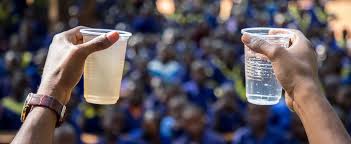June 12, 2019 - The present invention relates generally to a local bacterial nanocellulose green composite wound dressing and a method for preparation thereof. More particularly, the present invention relates to an effective bacterial nanocellulose wound dressing, which was locally isolated from rotten fruit and incorporated with the nanomaterial synthesized by green methods. The invention is focusing on the fabrication of wound dressings with efficient antimicrobial activities accompanied by healing-promoting biomaterials by a green and economic process to treat chronic and extensive traumas. The costly and chemical procedures to prepare wound dressing with insufficient therapy effects and toxicity will be replaced with an economic, green and simple procedure. The product has both antimicrobial and healing properties of bacterial nanocellulose nanocomposites wound dressing materials. The available wound dressings are generally effective on minor injuries. While, in this product, the fabricated bacterial nanocellulose nanocomposites wound dressings are effective on chronic and extensive traumas with reduced microbial infection, which is suitable for diabetic patients.
The present invention has been made in the view of the above problems, and the present invention discloses a green wound dressing in accordance with an illustrative embodiment. The dressing includes bacterial nanocellulose (BNC); and at least one green synthesized inorganic nanoparticle. The nanoparticle is incorporated into the BNC. It discloses use of a green wound dressing for healing minor and intensive injuries in diabetic patients. The dressing comprising bacterial nanocellulose (BNC) and at least one green synthesized inorganic nanoparticle. The method includes isolating and identifying the BNC from a bacterial strain. The method includes preparation of bacterial nanocellulose (BNC) and inorganic nanomaterial. The method further includes immersing BNC pellicles into aqueous solutions of the nanomaterial, thereby preparing BNC nanocomposite wound dressing. Finally, the dressing undergoes characterization and antimicrobial efficiency evaluation.
The fabricated bacterial nanocellulose nanocomposites wound dressings are effective on chronic and extensive traumas with reduced microbial infection, which is suitable for diabetic patients. A wound dressing is a sterile clothing or pad or covering for wounds that keep the area clean, protecting thereof from further damage, promoting healing and stave off infection. Based upon the material and application, there can be different types of wound dressings available. For example, Gauze wound dressings, Hydrocolloids, Hydrogels, and so on. However, general structure of the wound dressing comprising four layers: Fluid repellent backing layer, absorbent layer, distribution layer, and wound contact layer. However, there are challenges to wound care professionals for handling chronic wounds including such as but are not limited to diabetic foot ulcers, venous leg ulcers, and pressure ulcers, and so on. Chronic wounds are defined as wounds that fail to proceed through the normal phases of wound healing in an orderly and timely manner. Chronic wounds may have features such as including excessive levels of proinflammatory cytokines, proteases, ROS, and senescent cells, as well as the existence of persistent infection, and a deficiency of stem cells that are often also dysfunctional. Therefore, the wound dressings must have excellent antimicrobial, and high healing properties for dealing such types of wounds.
There exists a need for developing BNC composite wound dressings having antimicrobial and high healing properties for healing minor and chronic injuries and greener methods for preparation thereof and also the nanocomposite to be incorporated therein. It has a potential application to be used by industry and end user.

Prof. Dr. Rosfarizan Mohamad
Faculty of Biotechnology And Biomolecular Sciences
Email : farizan@upm.edu.my
Date of Input: 13/06/2019 | Updated: 01/07/2019 | asrizam
MEDIA SHARING
























